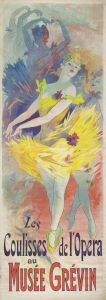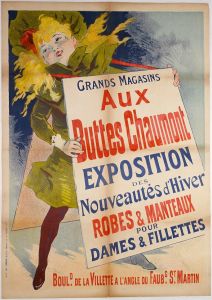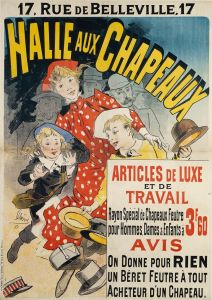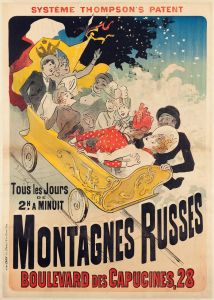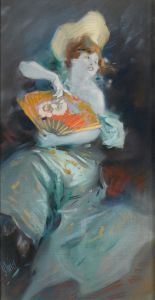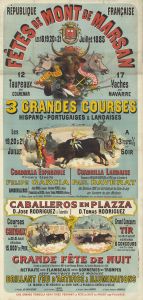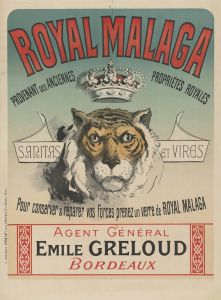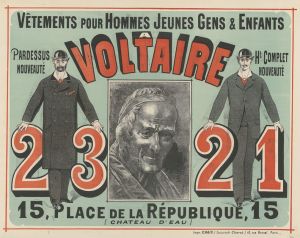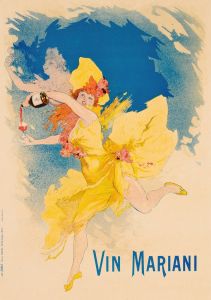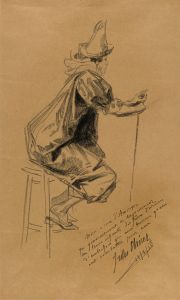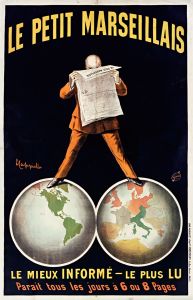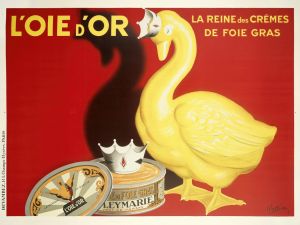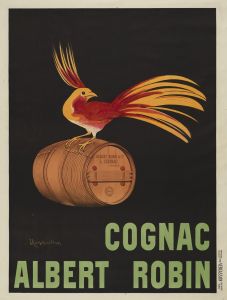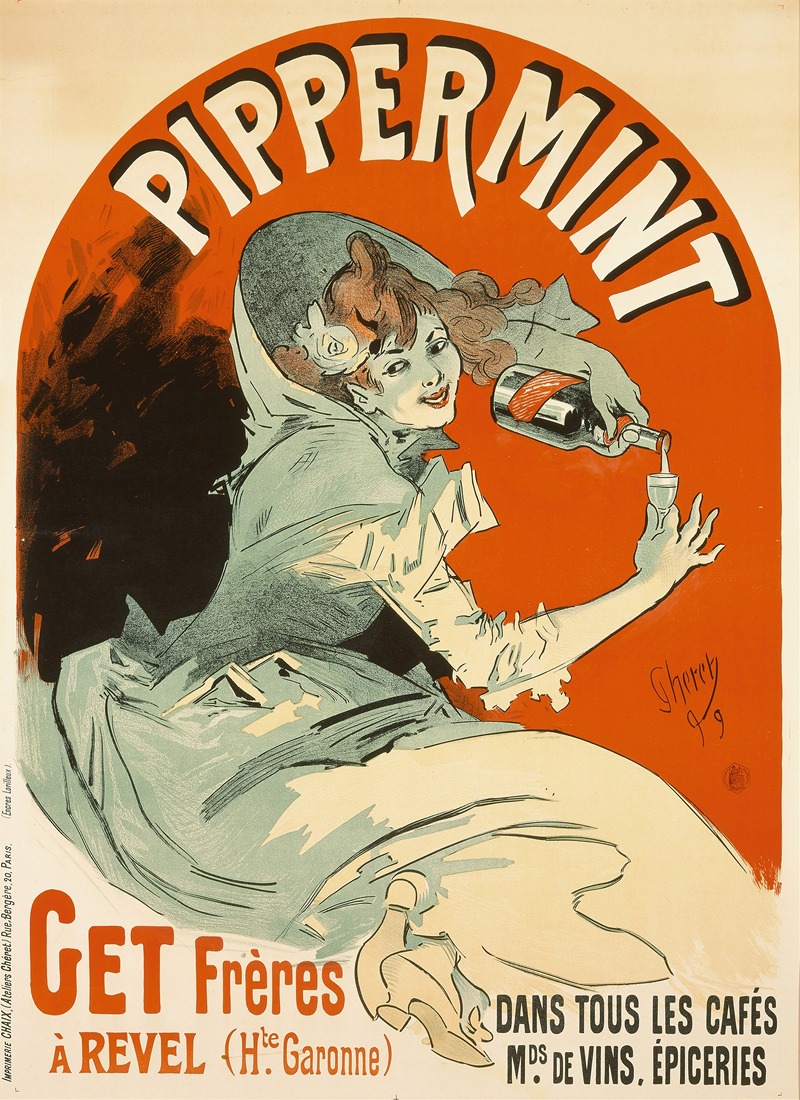
Pipperment
A hand-painted replica of Jules Chéret’s masterpiece Pipperment, meticulously crafted by professional artists to capture the true essence of the original. Each piece is created with museum-quality canvas and rare mineral pigments, carefully painted by experienced artists with delicate brushstrokes and rich, layered colors to perfectly recreate the texture of the original artwork. Unlike machine-printed reproductions, this hand-painted version brings the painting to life, infused with the artist’s emotions and skill in every stroke. Whether for personal collection or home decoration, it instantly elevates the artistic atmosphere of any space.
Jules Chéret, a pioneering French artist and lithographer, is often credited with the development of the modern poster. His work in the late 19th and early 20th centuries played a significant role in transforming advertising into an art form. One of his notable works is the poster "Pipperment," which exemplifies his innovative approach to design and color.
Jules Chéret was born on May 31, 1836, in Paris, France. He trained as a lithographer and spent several years in London, where he was influenced by the vibrant color printing techniques that were being developed there. Upon returning to France, Chéret applied these techniques to create posters that were not only advertisements but also works of art. His posters often featured lively figures, dynamic compositions, and bright, bold colors, which were a departure from the more subdued and text-heavy posters of the time.
The "Pipperment" poster is a classic example of Chéret's style. It was created to advertise a peppermint liqueur, a popular beverage during that era. The poster features a joyful, dancing woman, a common motif in Chéret's work, which helped to convey a sense of movement and excitement. The use of vibrant colors and playful imagery was designed to attract the attention of passersby and communicate the refreshing and invigorating qualities of the product.
Chéret's work, including the "Pipperment" poster, was instrumental in the development of the Belle Époque aesthetic, a period characterized by optimism, regional peace, and economic prosperity in Europe. His posters were not only commercial successes but also contributed to the democratization of art, as they were displayed in public spaces and accessible to a wide audience. This approach helped to elevate the status of the poster from mere advertisement to a respected art form.
In addition to his artistic achievements, Chéret's work had a lasting impact on the field of graphic design. He is often referred to as the "father of the modern poster," and his influence can be seen in the works of later artists such as Henri de Toulouse-Lautrec and Alphonse Mucha. Chéret's emphasis on color, composition, and the integration of text and image set new standards for poster design and paved the way for future developments in advertising and graphic arts.
Jules Chéret's contributions to the arts were recognized during his lifetime, and he was awarded the Légion d'honneur in 1890. His legacy continues to be celebrated today, with his works held in numerous museum collections around the world. The "Pipperment" poster remains a testament to Chéret's innovative spirit and his ability to blend art and commerce in a way that was both visually appealing and commercially effective.






